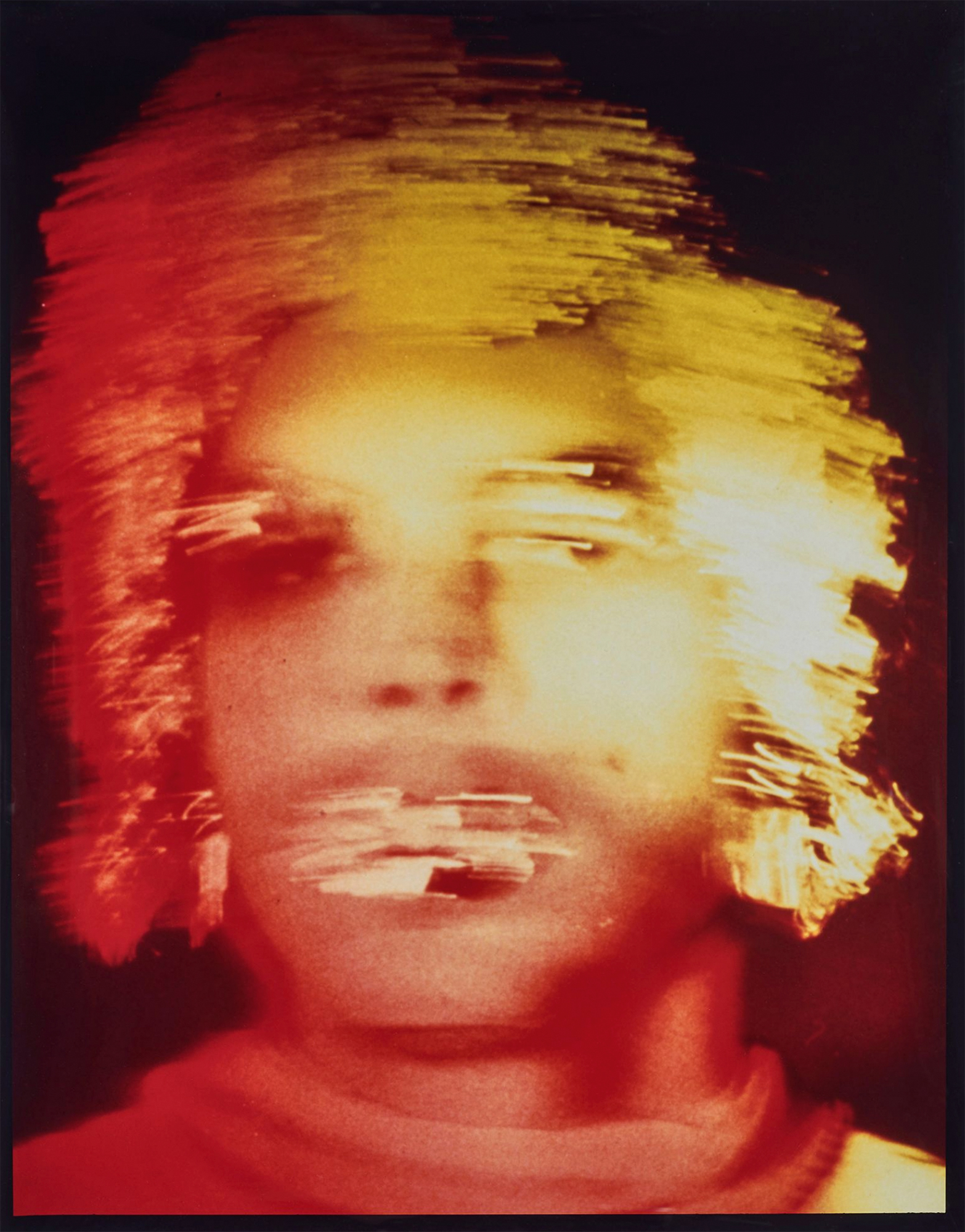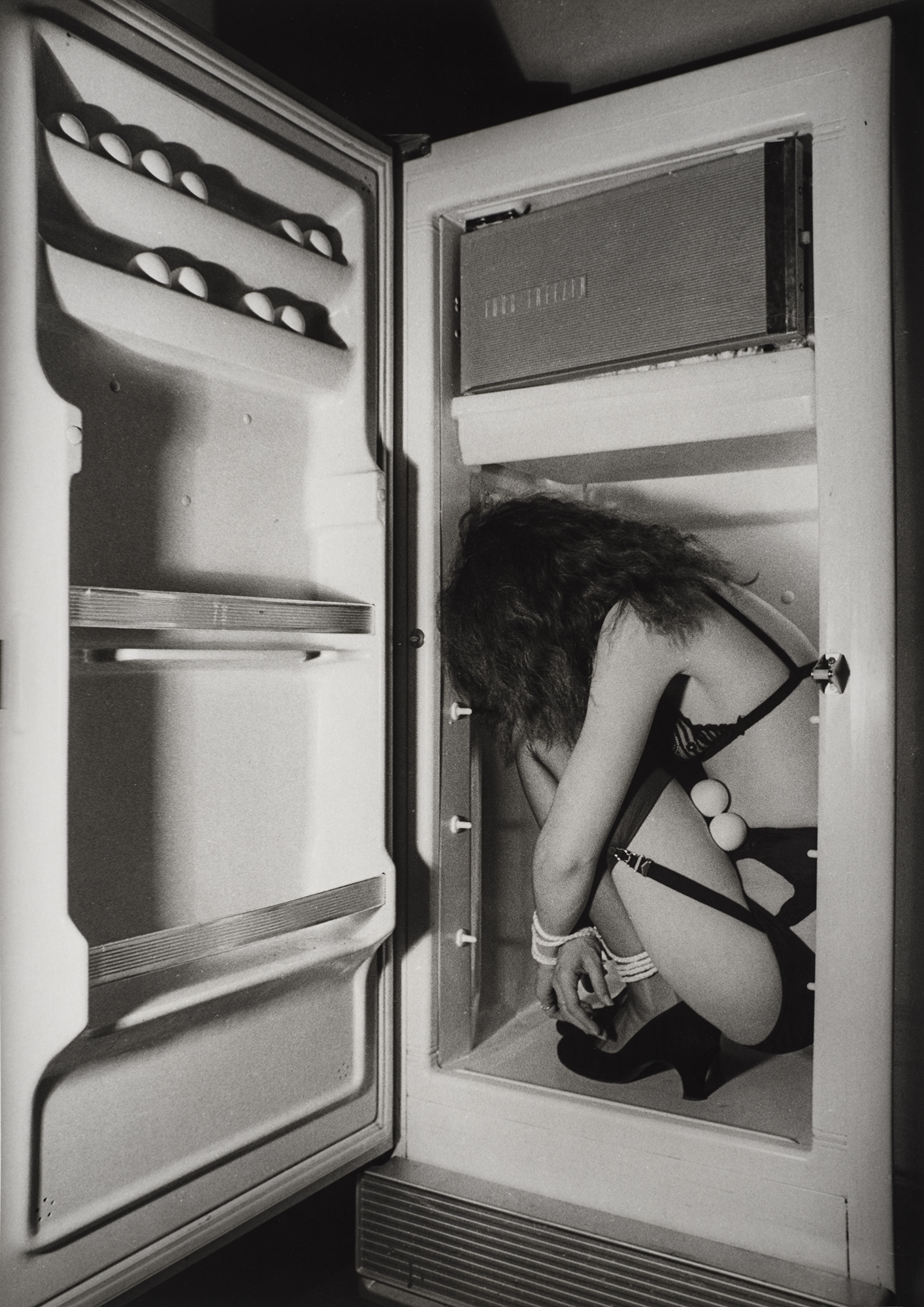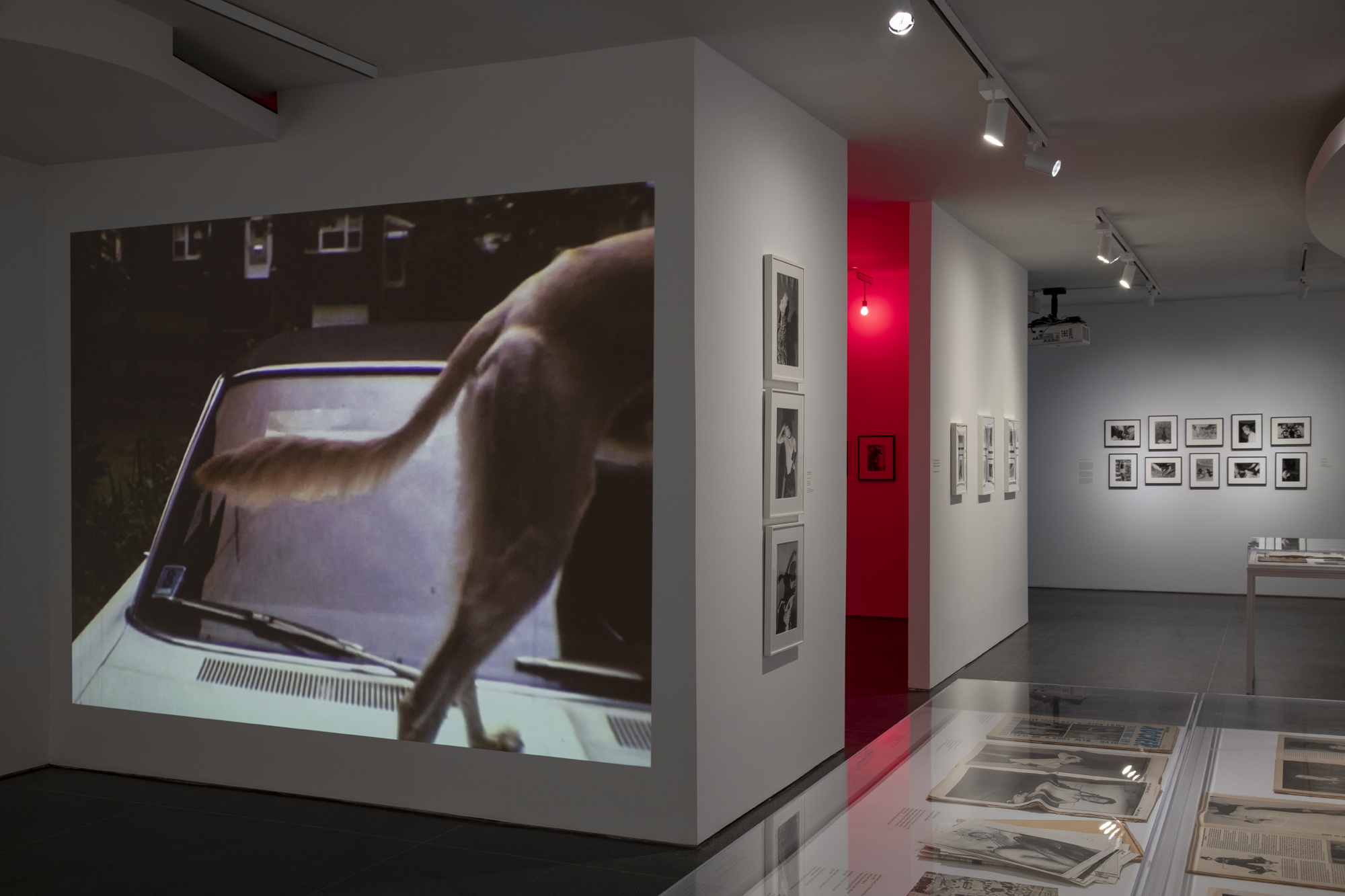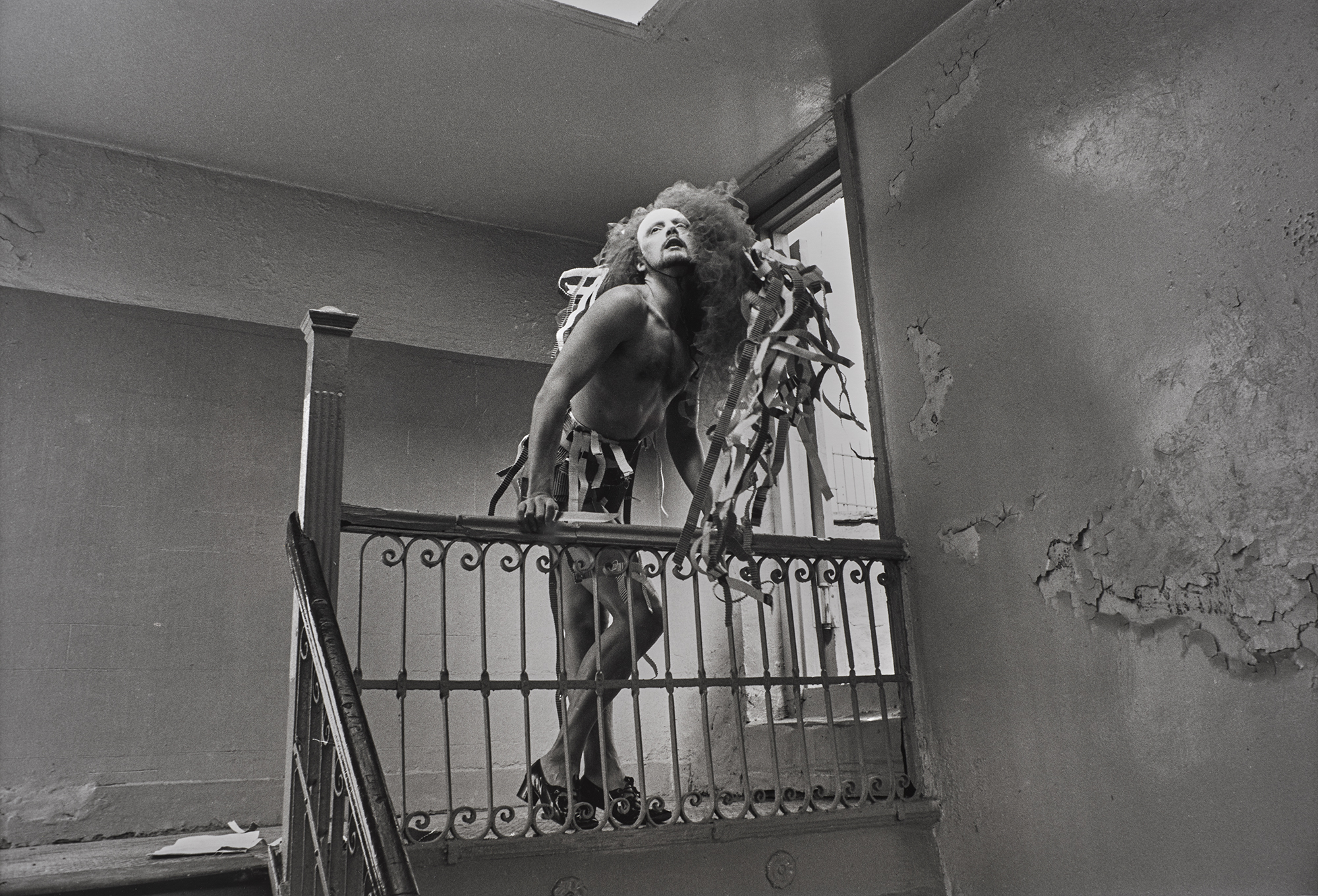This feature appears in V139, Supermodel, Superhero issue, now available for purchase.
Graffiti-covered subway cars boomed under crime-ridden neighborhoods as the newly burgeoning disco scene was setting the city ablaze–this was New York in the 1970s. These years held the origins of the Downtown Scene–an exciting, multidisciplinary, movement headquartered in the East Village–which witnessed the birth of punk music, gonzo journalism, and neo-expressionism. And out of this ripe creative ground, emerged Jimmy DeSana, one of the most significant artists of the last century–who, until now, has gone mostly overlooked.

A fixture of New York’s punk and New Wave art scene, DeSana had a penchant for making the most ordinary of settings abstract and stylized in front of the lens. With his images of the human body, contorted and in motion, he perfectly encapsulated the city’s avant-garde spirit. The Detroit-born artist created an interplay between sexual liberation, queer aesthetics, and consumerist conformity with images of himself and friends in and around suburban homes, bathed in rich gel-covered lights.
“He was always in the darkroom, always printing, always organizing work. Jimmy was infatuated with Downtown nightlife, and yet he had a strong work ethic. He would get up every morning and develop the pictures he had taken the night before,” says Laurie Simmons, DeSana’s longtime friend, collaborator, and now, executor of his estate. The pair met on the subway heading to Rockaway Beach one Summer and decided to be roommates because “that’s just how things happened then.”

More than two decades after his death, DeSana receives his flowers. This fall, the Brooklyn Museum celebrates DeSana’s legacy in a groundbreaking exhibition, marking the first museum survey of its kind to do so. Featuring nearly 200 works, many of which have never been on view to the public before, the exhibition traces the artist’s brief, yet prolific career. “Jimmy was such an important figure who paved the way for many other extraordinary artists, so we thought it was time he got his due,” shares exhibition curator, Drew Sawyer.

The exhibition, which is organized chronologically, shares the same name as DeSana’s 1979 book, Submission, which features his infamous set of black-and-white silver gelatin prints depicting BDSM. Here, his collection of photographs explore the queerness of postwar suburban culture, by placing nude bodies in the typical American dream landscape–suburban backyards, wood-paneled living rooms, and tiled bathrooms. “He’s making these analogies between BDSM practices and the way in which individuals are constantly submitting to larger systems of control, like conforming to the heteronormative ideas of lifestyle,” Sawyer explains.

Accompanying this series in this exhibition are DeSana’s more abstract efforts from the late 1980s after he contracted HIV, which demonstrates an artist who resisted dominant narratives about the body and sexuality in the early years of the ongoing HIV/AIDS epidemic. “While we understand that his life was tragically shortened by the AIDS epidemic, on the other hand, it’s incredible to see how much one can accomplish in 20 years,” Sawyer illuminates. “What a complete and beautiful story he could tell in that amount of time.” And with it, the upcoming exhibition and surrounding scholarship, DeSana’s legacy is finally cemented into the canon of contemporary art for all to study and cherish.
Jimmy DeSana: Submission is on view at the Brooklyn Museum from November 11, 2022, through April 16, 2023.
This feature appears in V139, Supermodel, Superhero issue, now available for purchase.
Discover More
